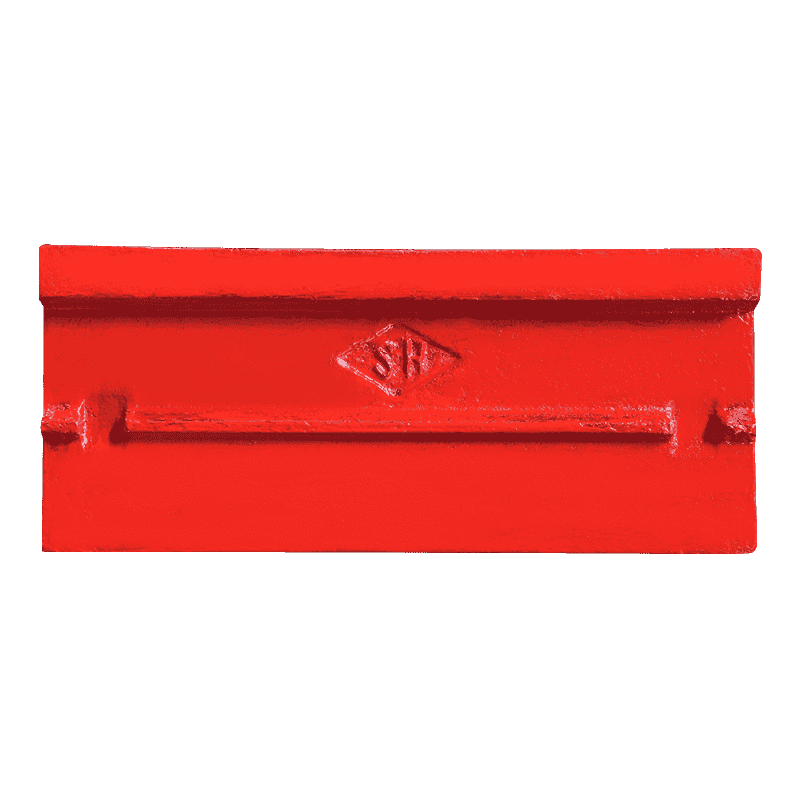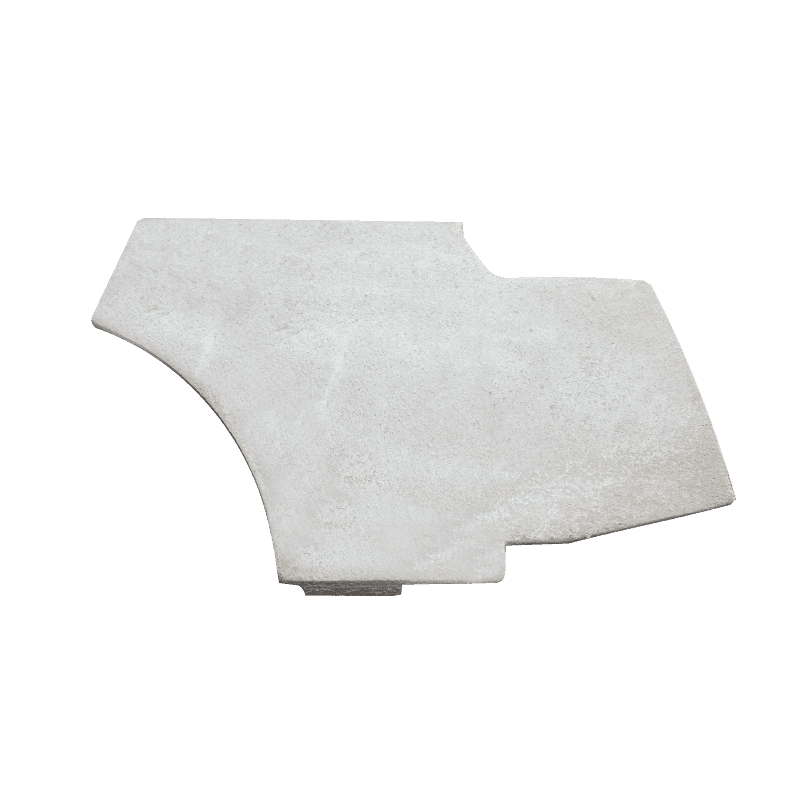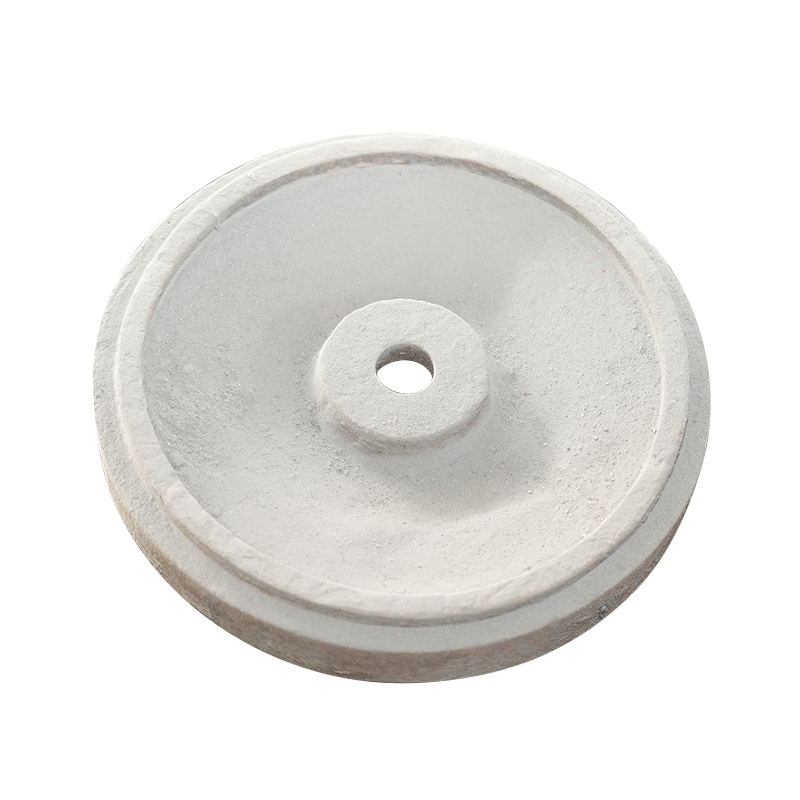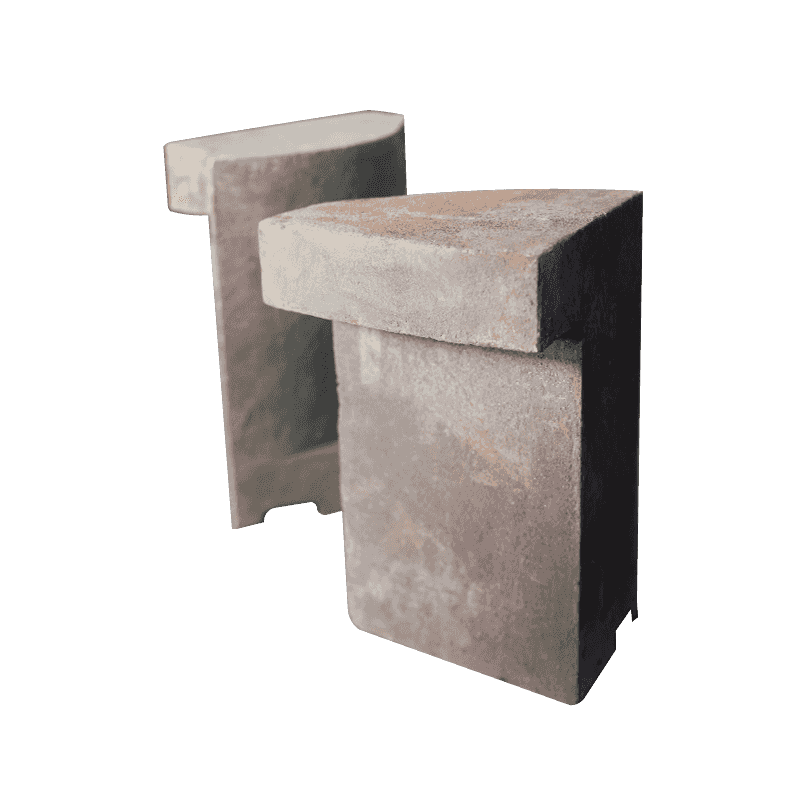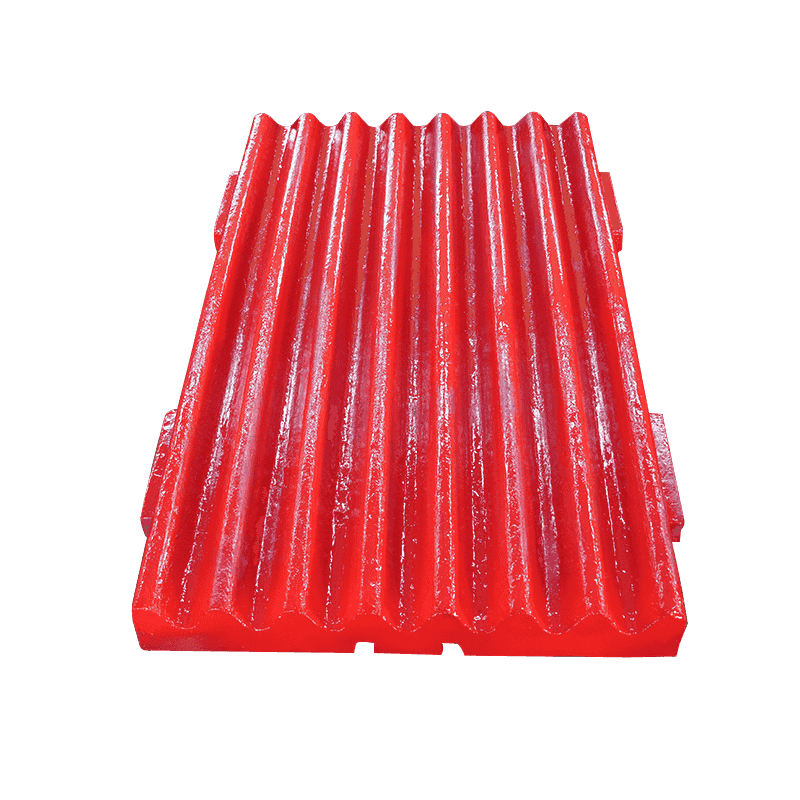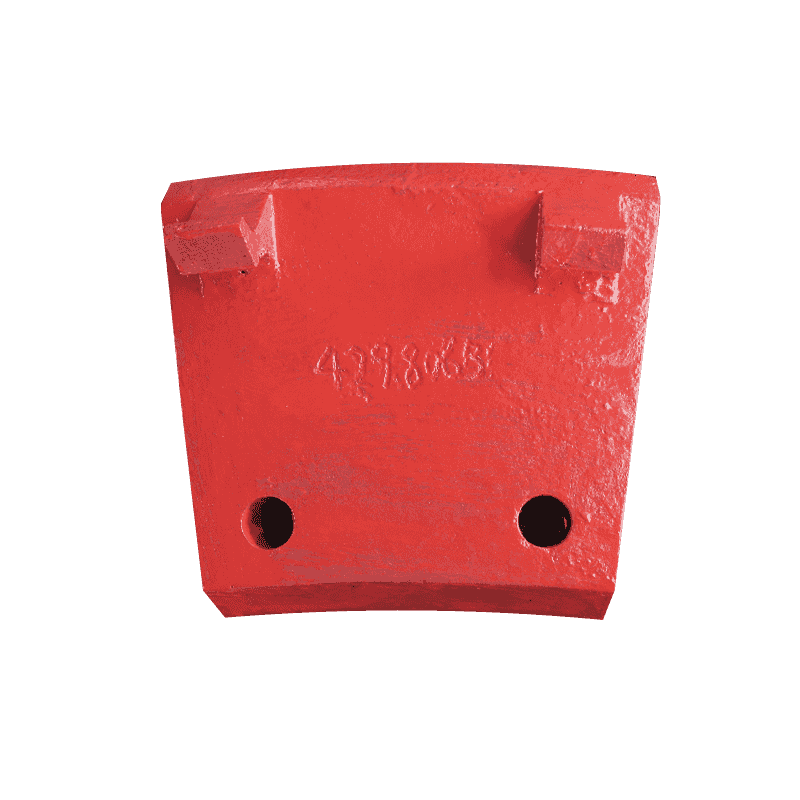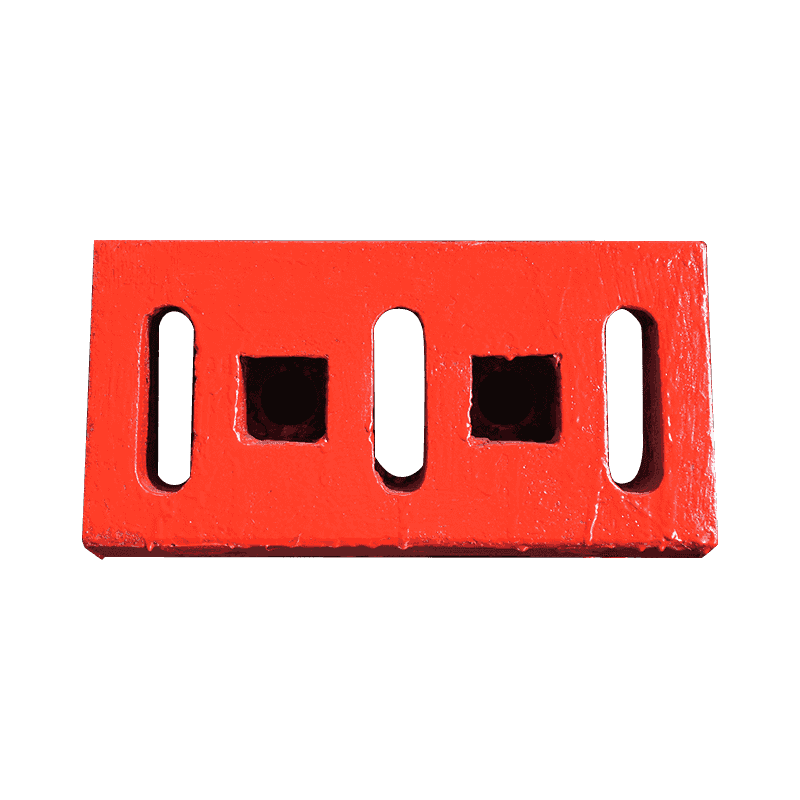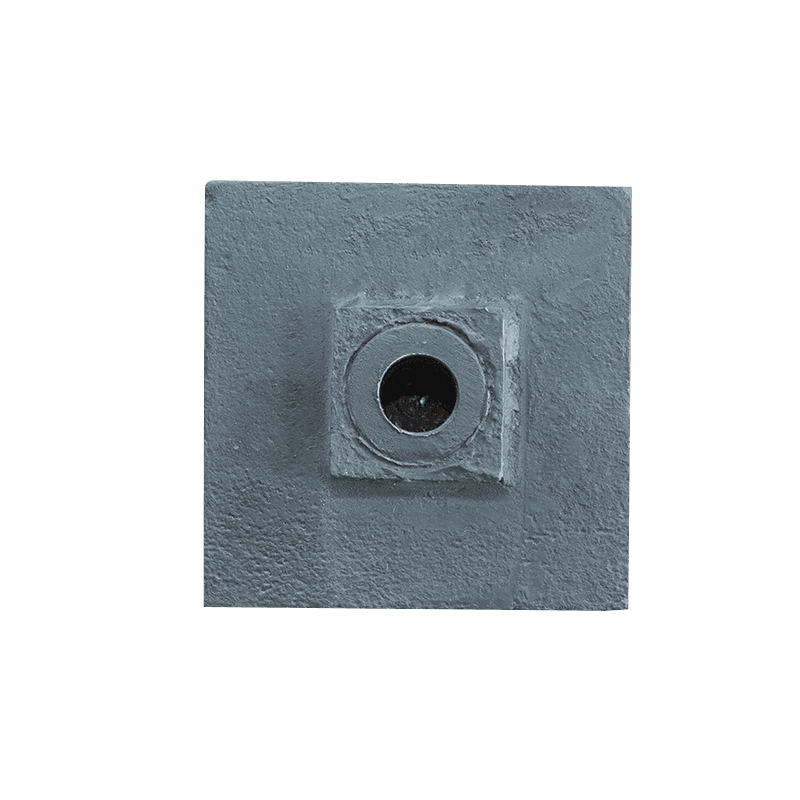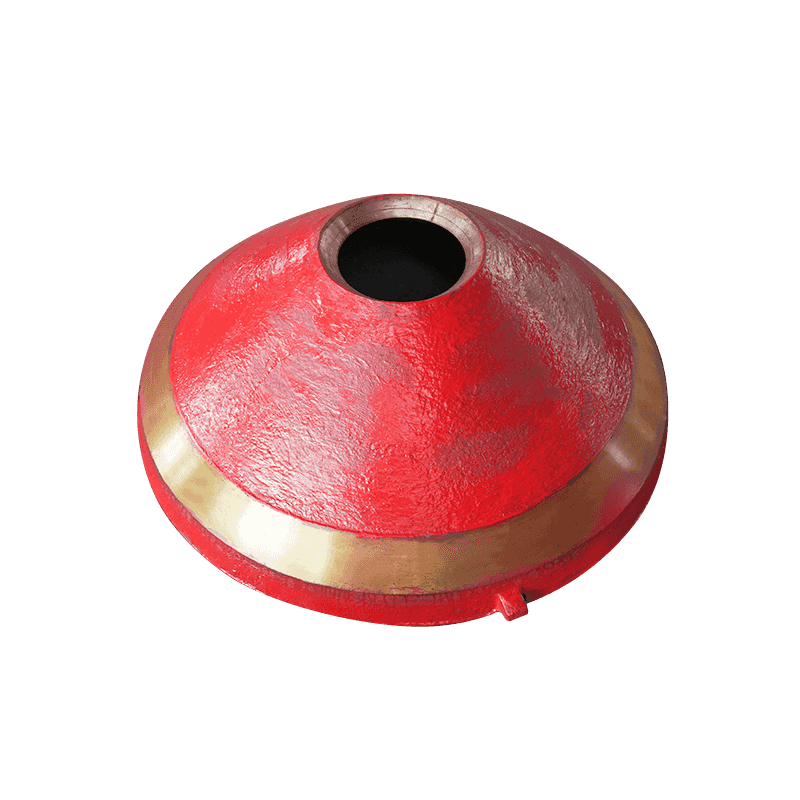High manganese steel impact crusher lining: improve wear resistance and impact resistance, extend equipment service life
High manganese steel, which usually contains 12%-14% manganese, is a material with very strong wear resistance and impact resistance. During the casting process, this high manganese steel alloy is first smelted at high temperature to completely melt the raw materials. The smelted liquid metal is poured into a mold and cast into the shape of the liner through precision casting technology. Precision casting technology can ensure the accuracy of the size and shape of the liner, reduce material waste and improve the structural density of the liner. This process ensures the strength and durability of the liner, enabling it to operate stably in a high-intensity working environment. At the same time, the casting process of high manganese steel can maintain a relatively uniform distribution structure, so that the entire liner has relatively balanced physical properties during use. The density of the internal structure is crucial to improving its wear resistance and impact resistance, which enables the high manganese steel liner to better cope with the pressure caused by high-speed impact and wear in the crusher.
In the manufacturing process of high manganese steel liner, the most critical step is quenching. Quenching refers to heating the cast liner to a temperature of more than 1000°C and then cooling it rapidly. This process results in the formation of a martensitic structure on the surface of the liner. Martensite is a very hard metal structure with extremely high hardness and wear resistance, which allows the liner surface to better resist the impact and friction from the crushed material. Through quenching, the surface hardness of high manganese steel is significantly improved to a hardness range of HRC 50-60, which is crucial to improving the wear resistance of the liner. When the liner comes into contact with ore or other materials, it can effectively reduce the wear rate and thus extend the service life.
A major feature of high manganese steel liners is their self-hardening effect. As the use time increases, the surface of the liner will continue to be impacted and worn, which gradually hardens the surface. As the impact continues to accumulate, a hardened surface layer will form on the surface of the liner, further improving its wear resistance. The hardness of this self-hardening layer can reach more than HRC 60, greatly increasing the service life of the liner under harsh working conditions. This characteristic is different from conventional hardened materials because it does not cause brittle fracture due to excessive hardness, but maintains a good balance between hardness and toughness. This allows the high manganese steel impact liner to operate stably under high-intensity impact loads without brittle fracture, reducing equipment downtime caused by liner damage and improving the efficiency of the crusher.
The quenching process not only makes the liner surface very hard, but also maintains the inherent toughness of the high manganese steel material. The unique composition and structure of high manganese steel allows it to have good impact resistance while maintaining high hardness. This means that the liner can withstand continuous impact without cracking or breaking during long-term use, thereby ensuring the stable operation of the crusher.
This impact crusher high manganese steel impact lining plate is particularly suitable for crushing equipment in mining, metallurgy, building materials and other industries, and can cope with a variety of high-hardness and highly abrasive materials. Whether in the crushing of metal ores or in the processing of construction waste and building materials, this liner can show excellent wear resistance and impact resistance, significantly improving the crushing efficiency of the equipment.

 English
English  русский
русский  عربى
عربى 